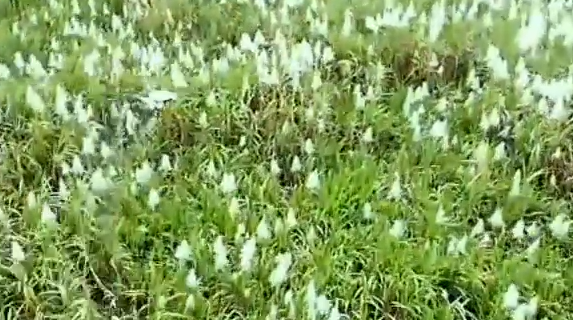Detailed Explanation of Typical Wrong Applications of Agricultural Drones (2)
Nov 01 , 2022Detailed explanation of typical wrong applications of agricultural drones (2)
Major Drift Injury Cases
1. Glyphosate spraying on GM cotton
A Xinjiang pilot was hired to spray glyphosate on a genetically modified glyphosate-resistant cotton field. The liquid drifted to the surrounding cotton, causing large-scale phytotoxicity, and was claimed for huge compensation.

analyze:
(1) Glyphosate, a biocide herbicide, common crops have no resistance to it, and will die or suffer after exposure.
(2) Glyphosate-resistant cotton is a genetically modified cotton variety, which is resistant to glyphosate. It is planted on a large scale in the United States, but it is a few varieties in China.
High risk of biocidal herbicide work
Xinjiang is the largest cotton-growing area in the country, covering an area of 37 million mu. Glyphosate spraying on the few genetically modified cottons does not cause phytotoxicity to Honda's cotton, but it will cause unavoidable phytotoxicity to other cotton fields downwind.
Summary: Agricultural drones are highly mobile. Unless they are forests and weeds without any risk of drift, it is generally prohibited to spray biocidal herbicides.
2. Corn spraying stem and leaf herbicide
Atrazine and nicosulfuron-methyl, which are common herbicides in corn, have the characteristics of being safe to corn but not to other crops. Therefore, special caution should be taken in corn weeding operations. At present, corn is widely planted in Heijiliao and North China Plain, and other crops such as soybeans, rice, and peanuts exist in the surrounding areas. Therefore, weeding of corn stems and leaves should be very cautious. For corn and soybean interplanting areas, agricultural drones cannot be used for weeding operations.
The phytotoxicity of corn weeding and drifting often occurs in the following situations:
(1) The height is too high, and even 5 meters in some cases;
(2) The "fine, thinnest" droplets are selected, which increases the drift distance of the droplets;
(3) There are other crops within 100 meters of the downwind direction of corn, and the ambient wind force is above Grade 3 wind during operation, which increases the drifting distance.
From the above cases, it is clear that in order to ensure the operation effect of agricultural drones and eliminate pesticide damage, it is necessary to have a basic understanding of crops, diseases and insect pests, agricultural drones, meteorological factors, pesticide characteristics, etc., in order to achieve safe and standardized operations. Ignoring any one of the factors will lead to a decrease in the operation effect, and even a serious economic loss.
Tags :